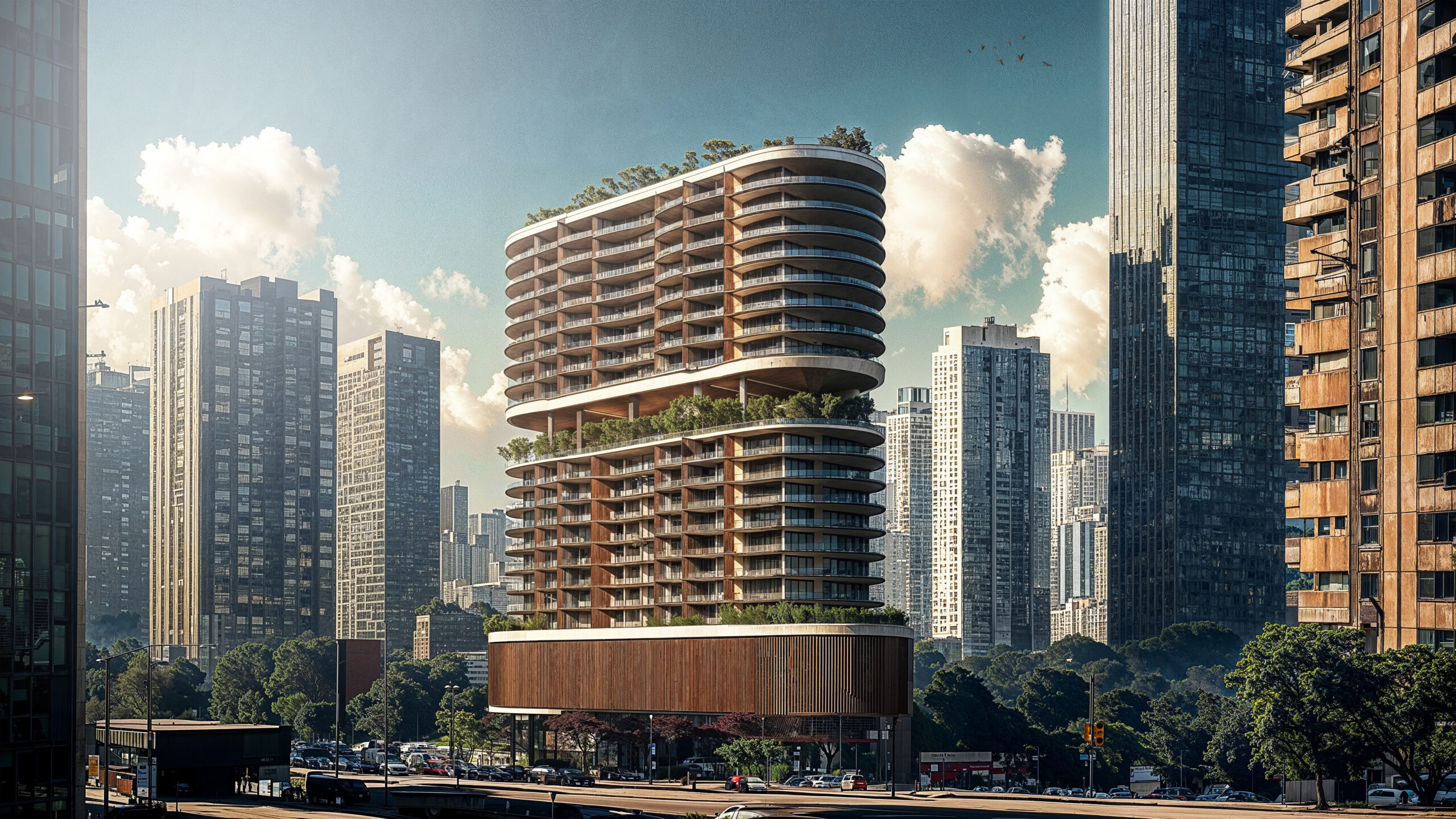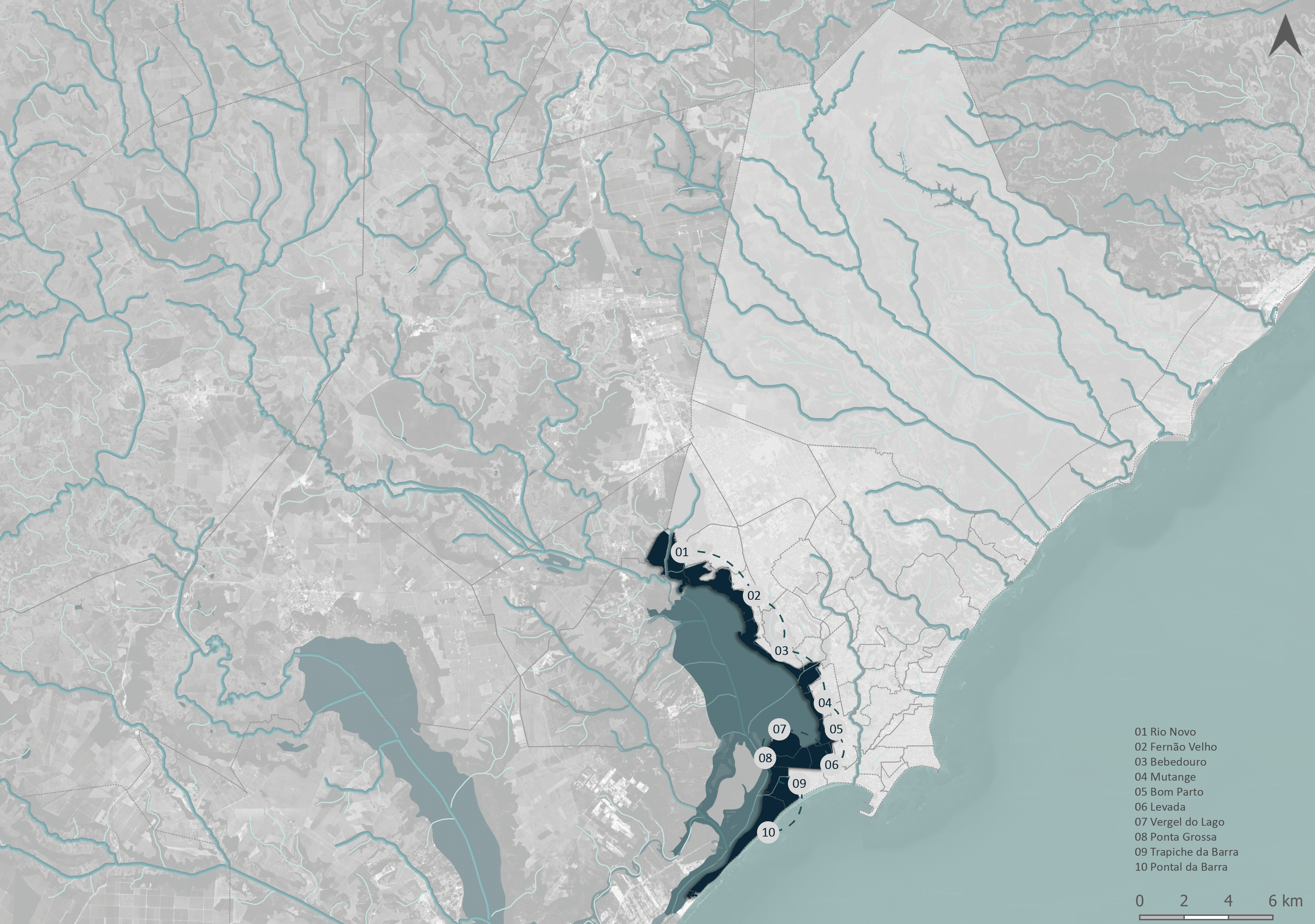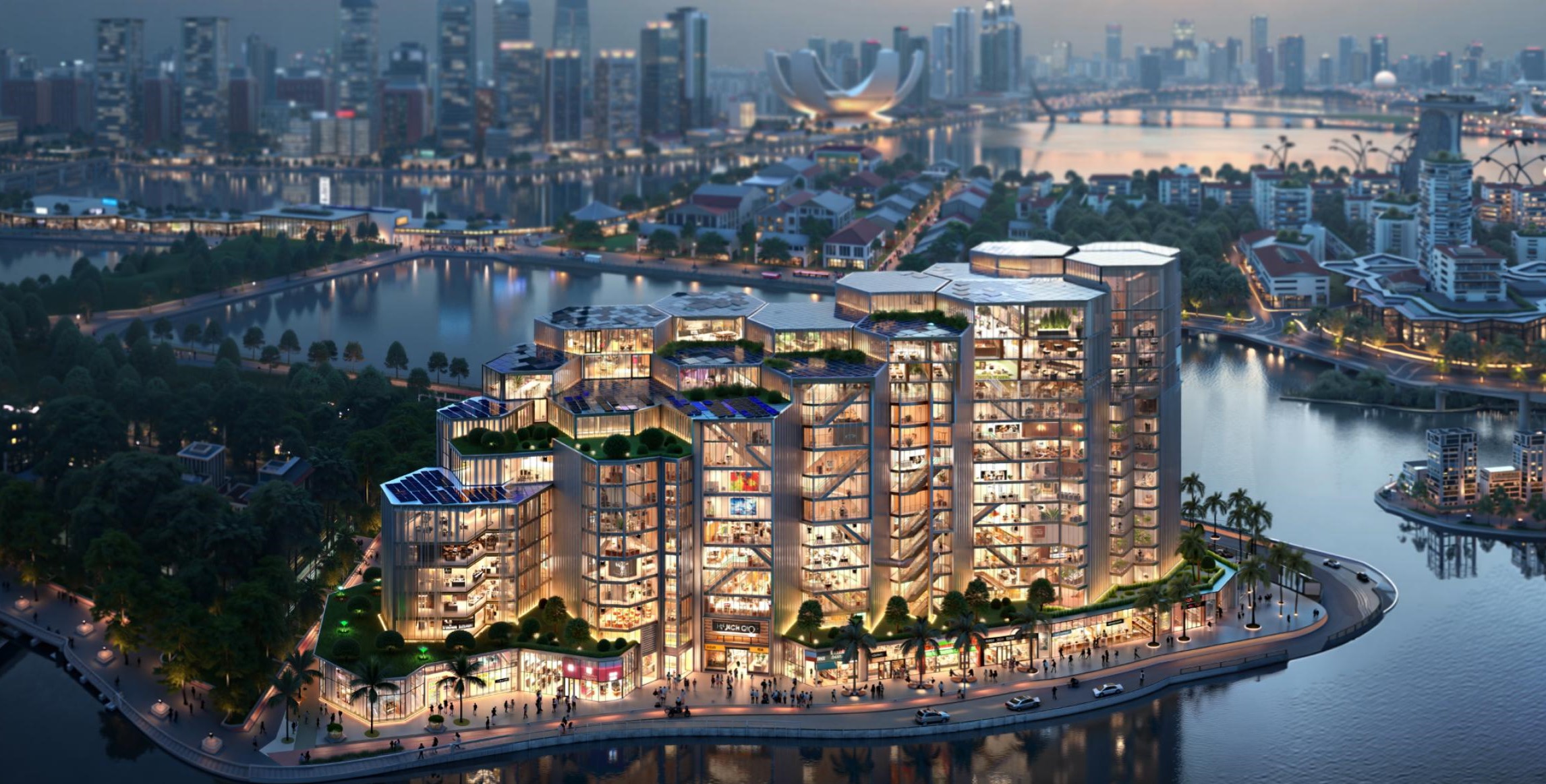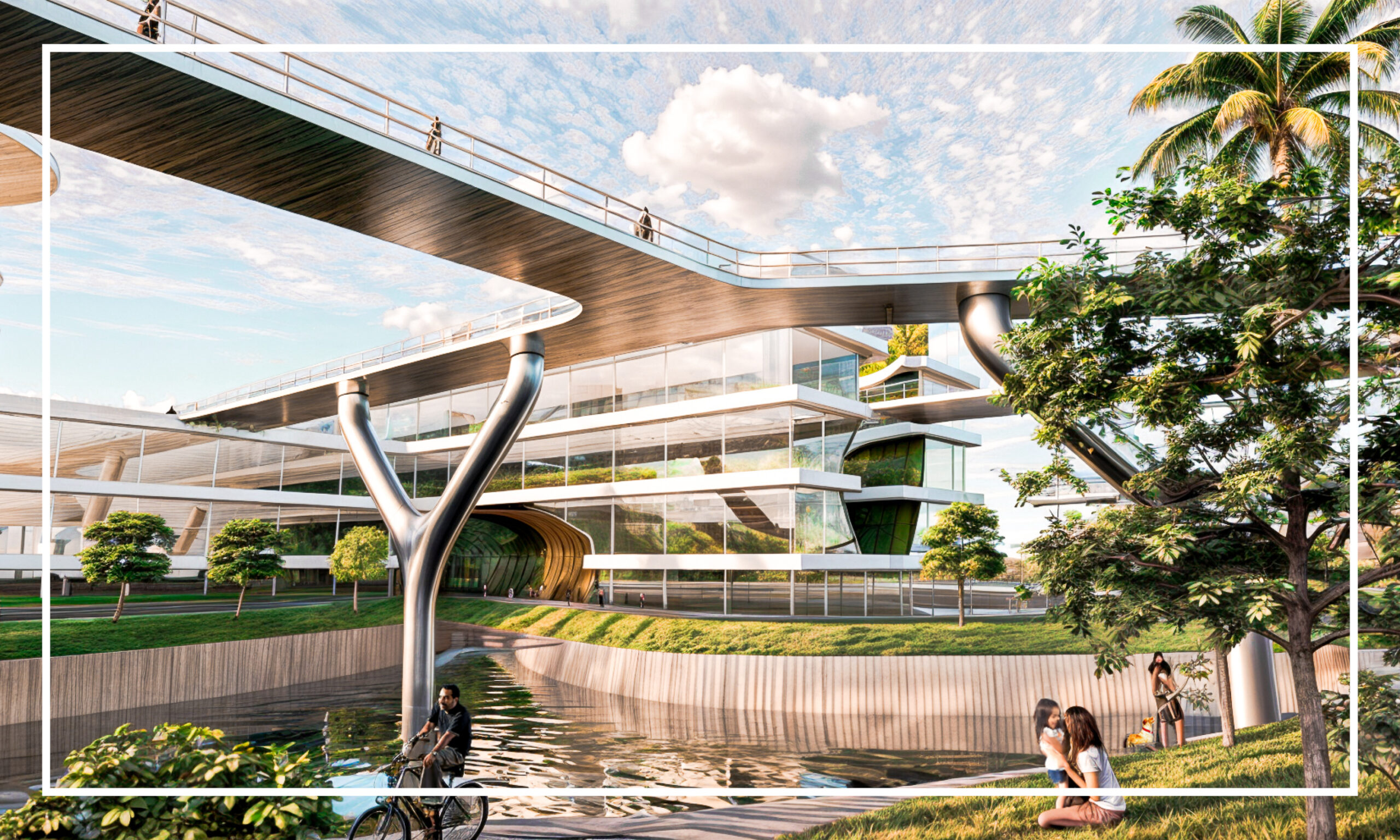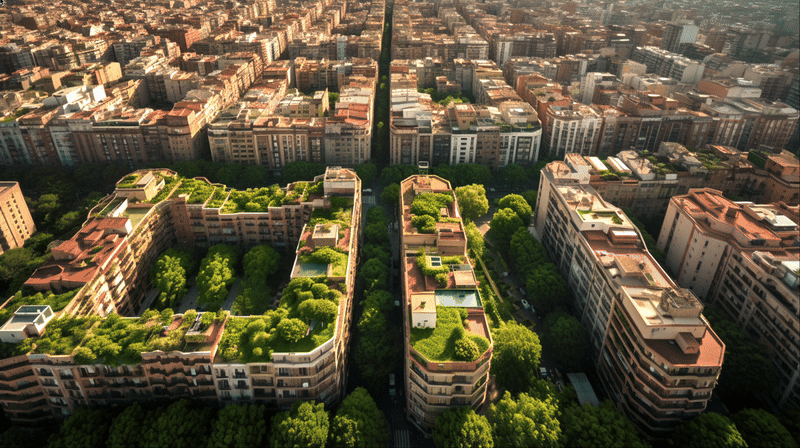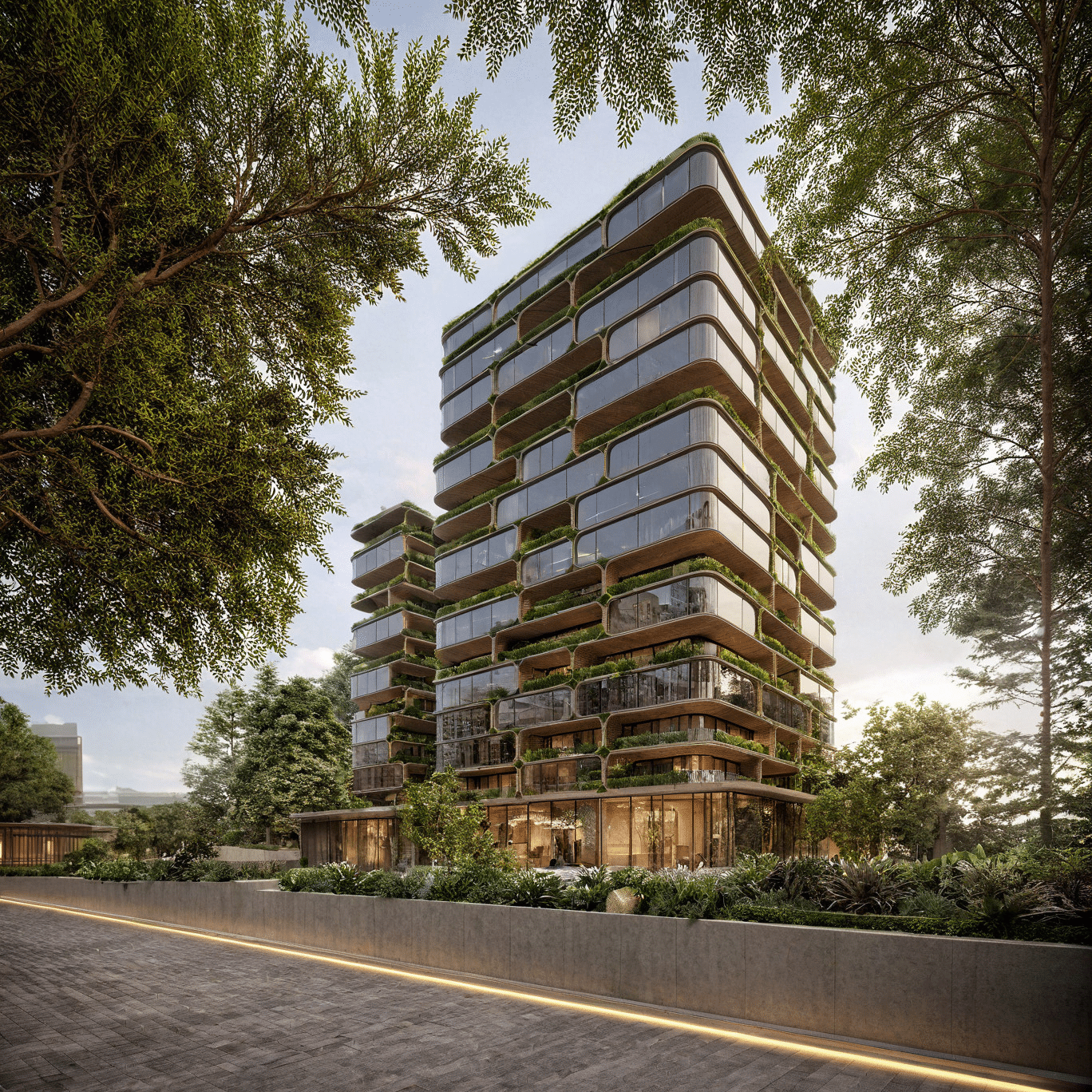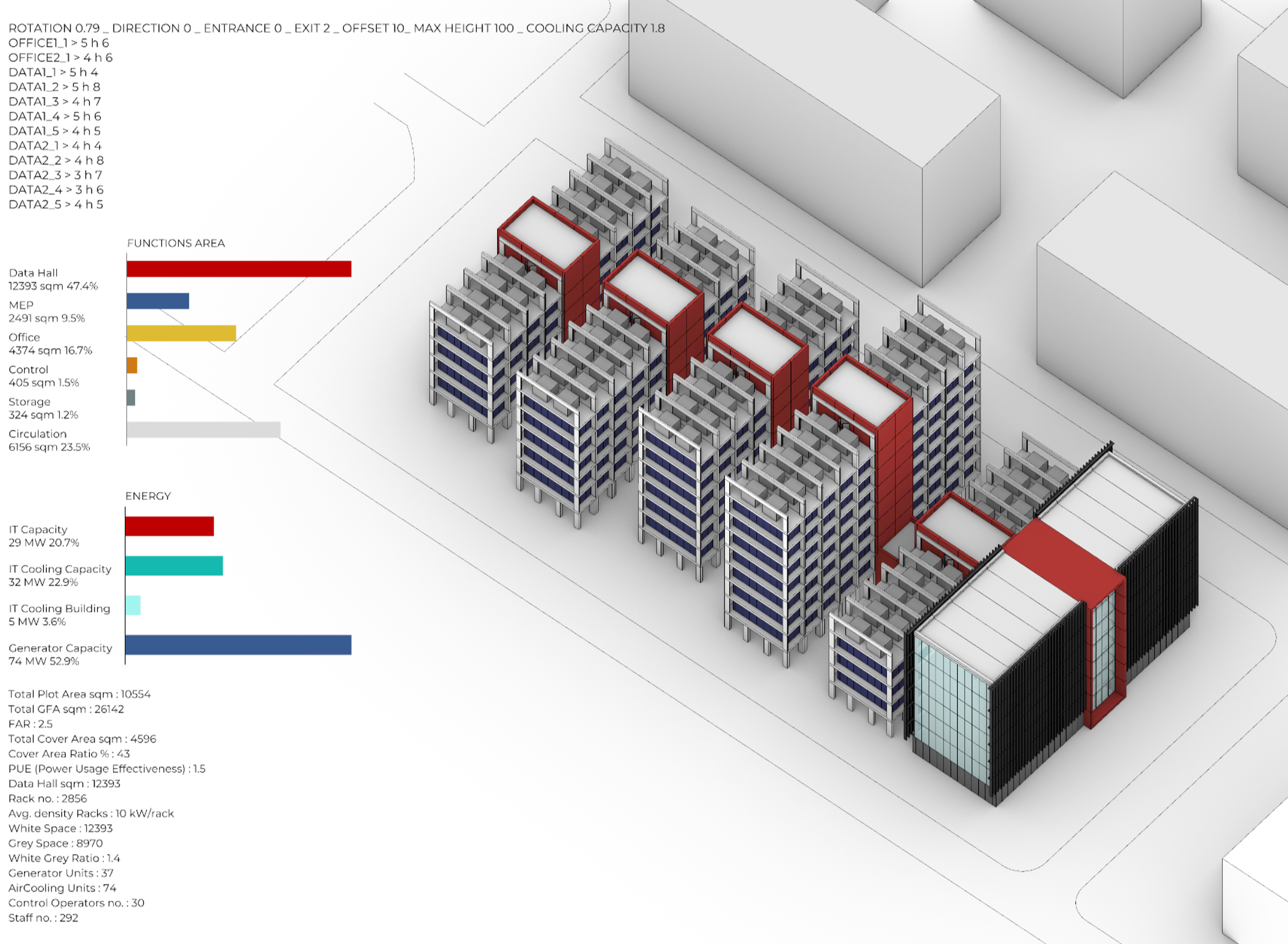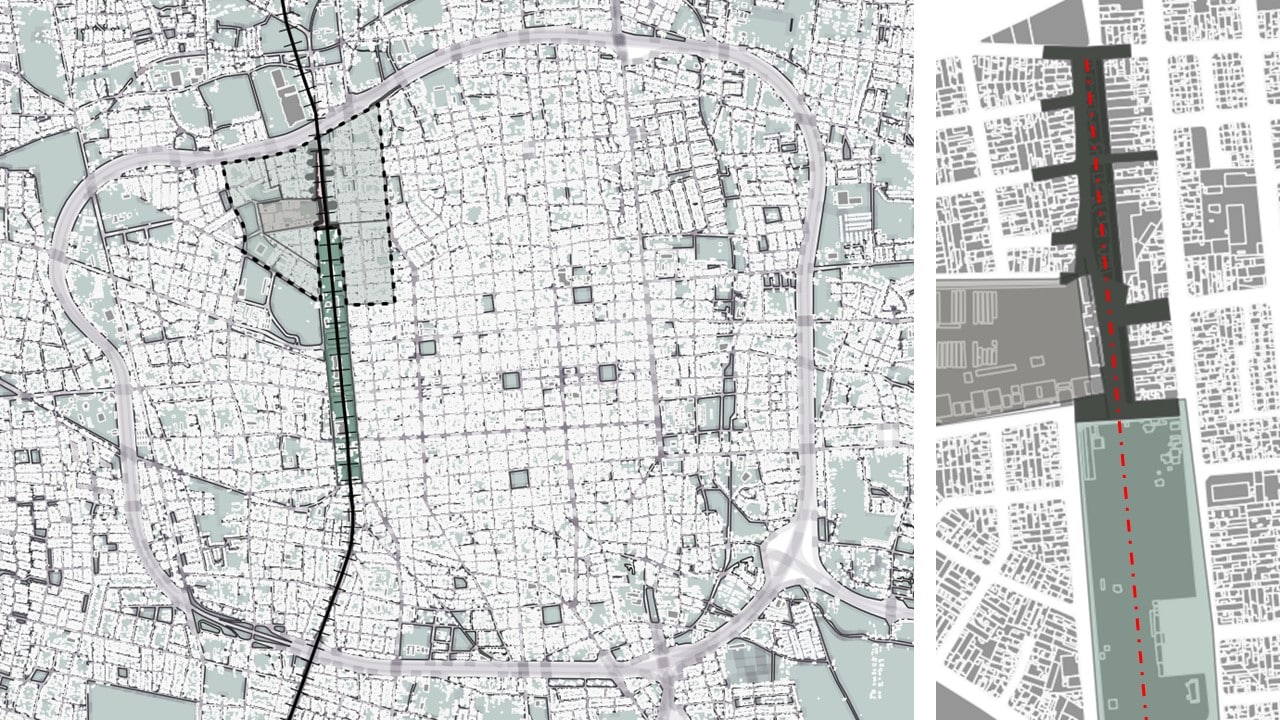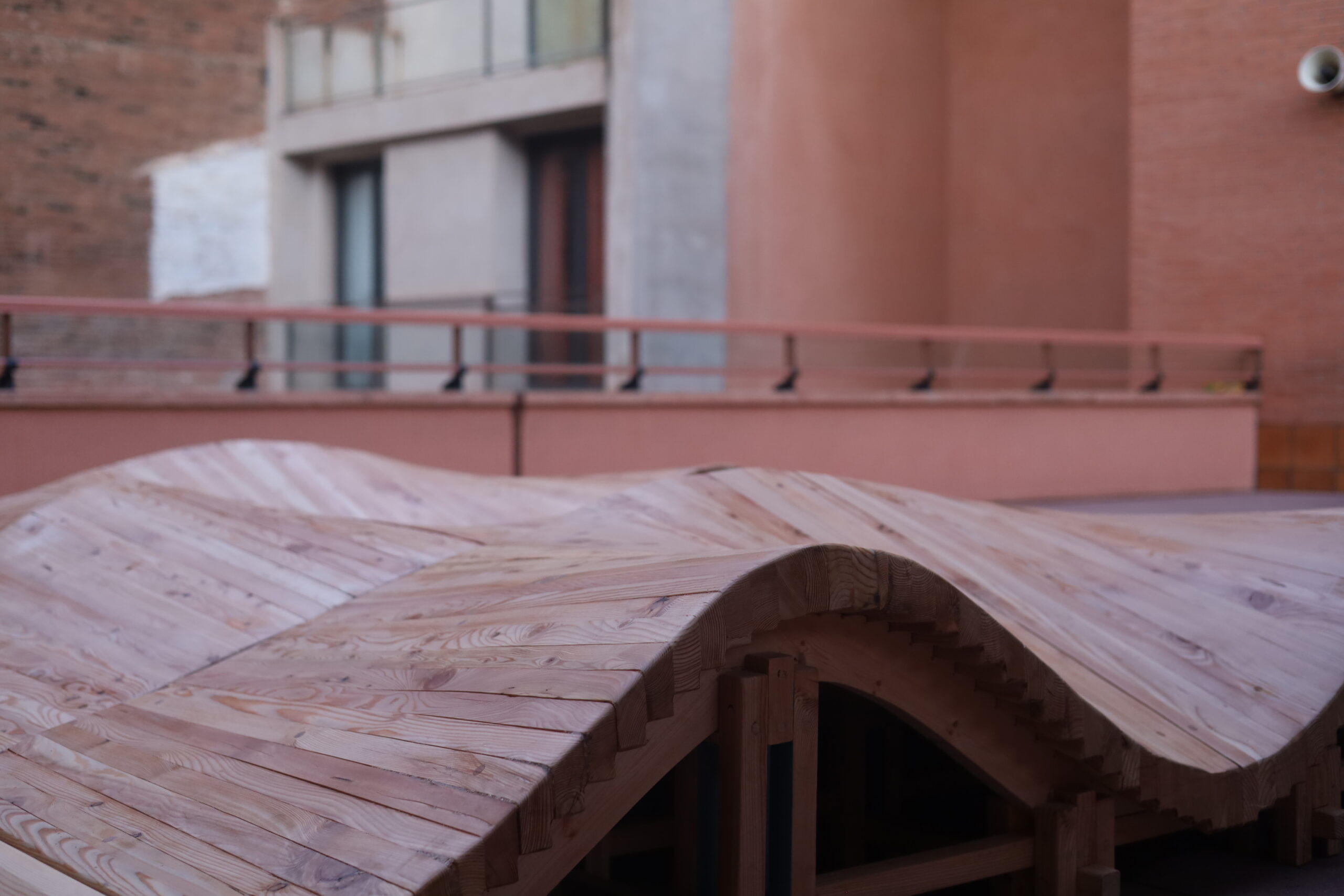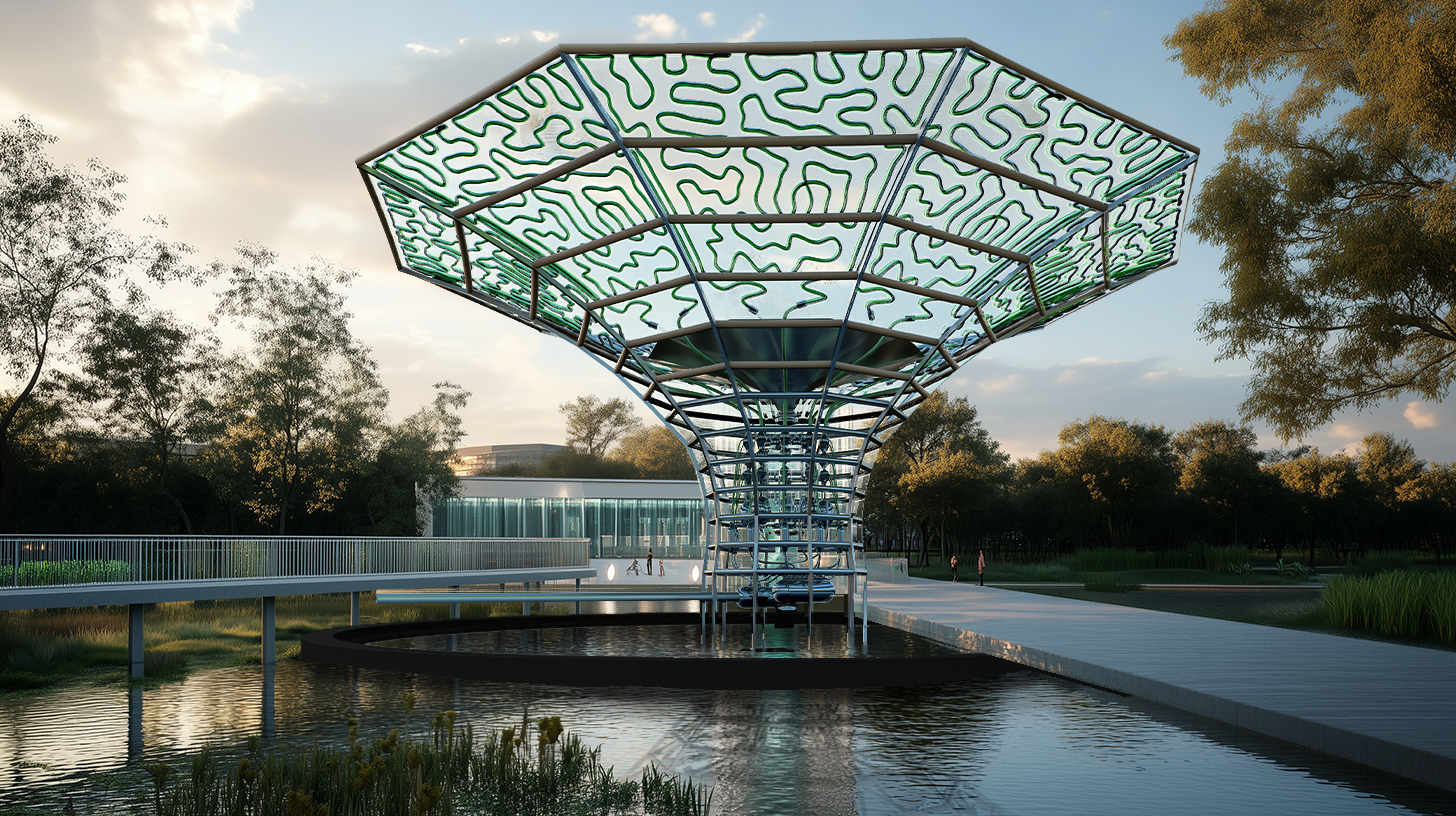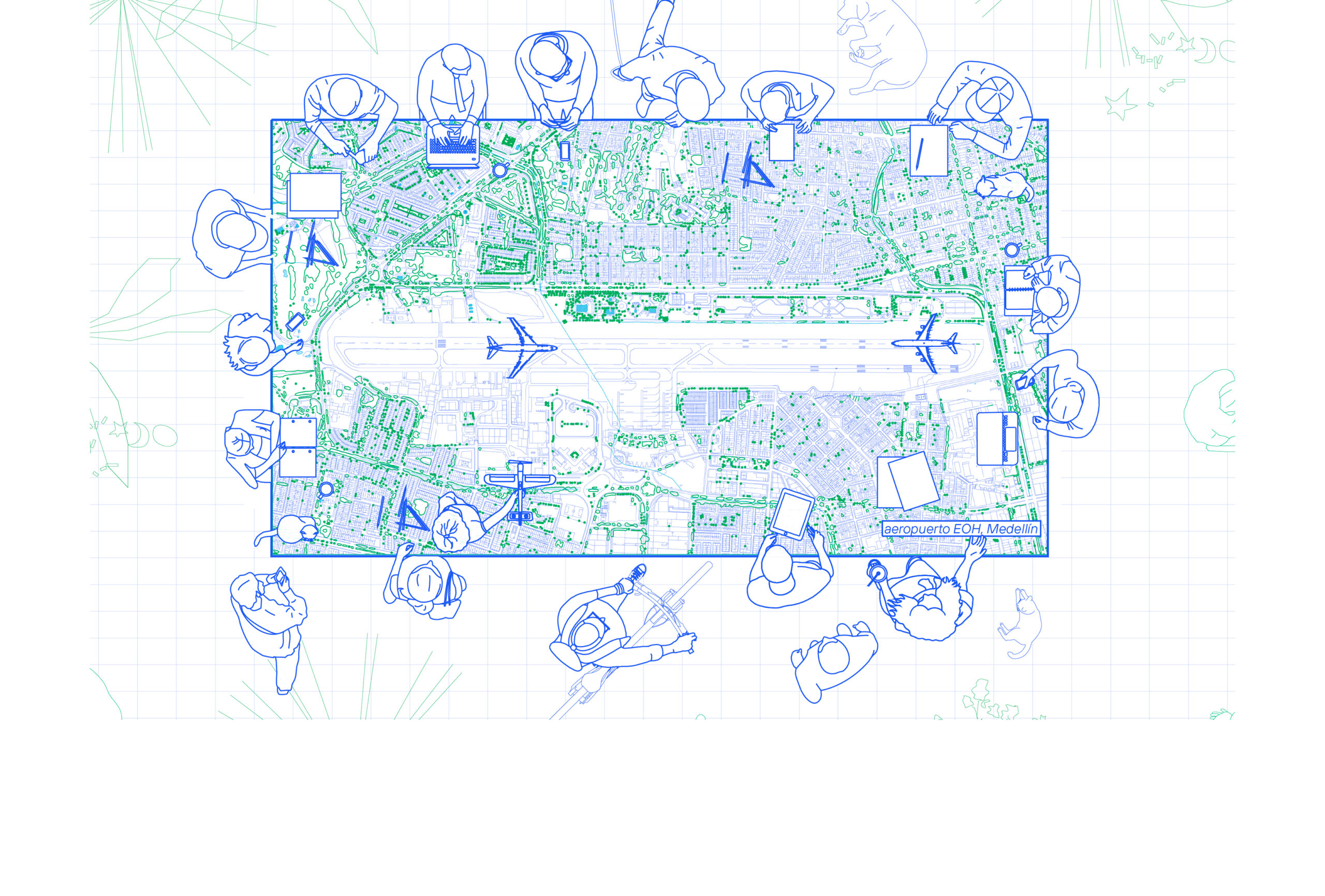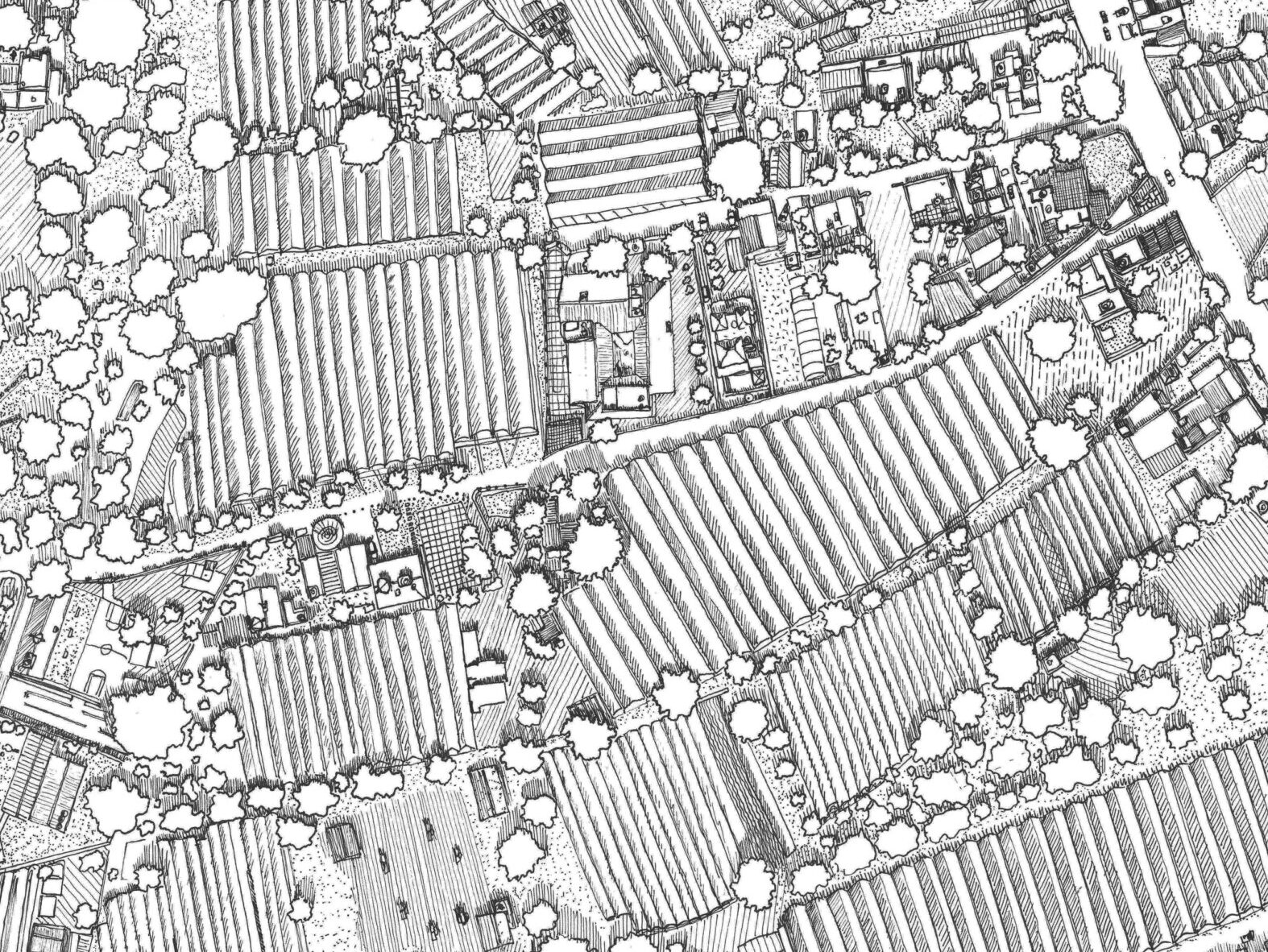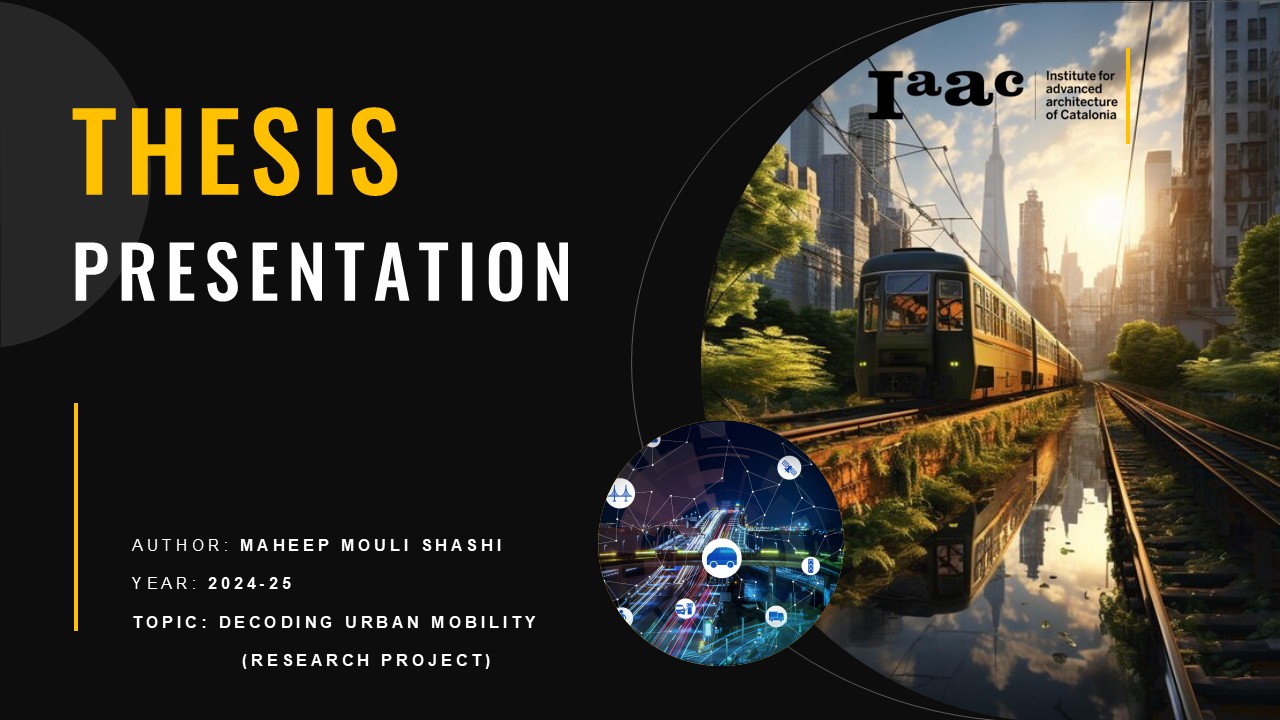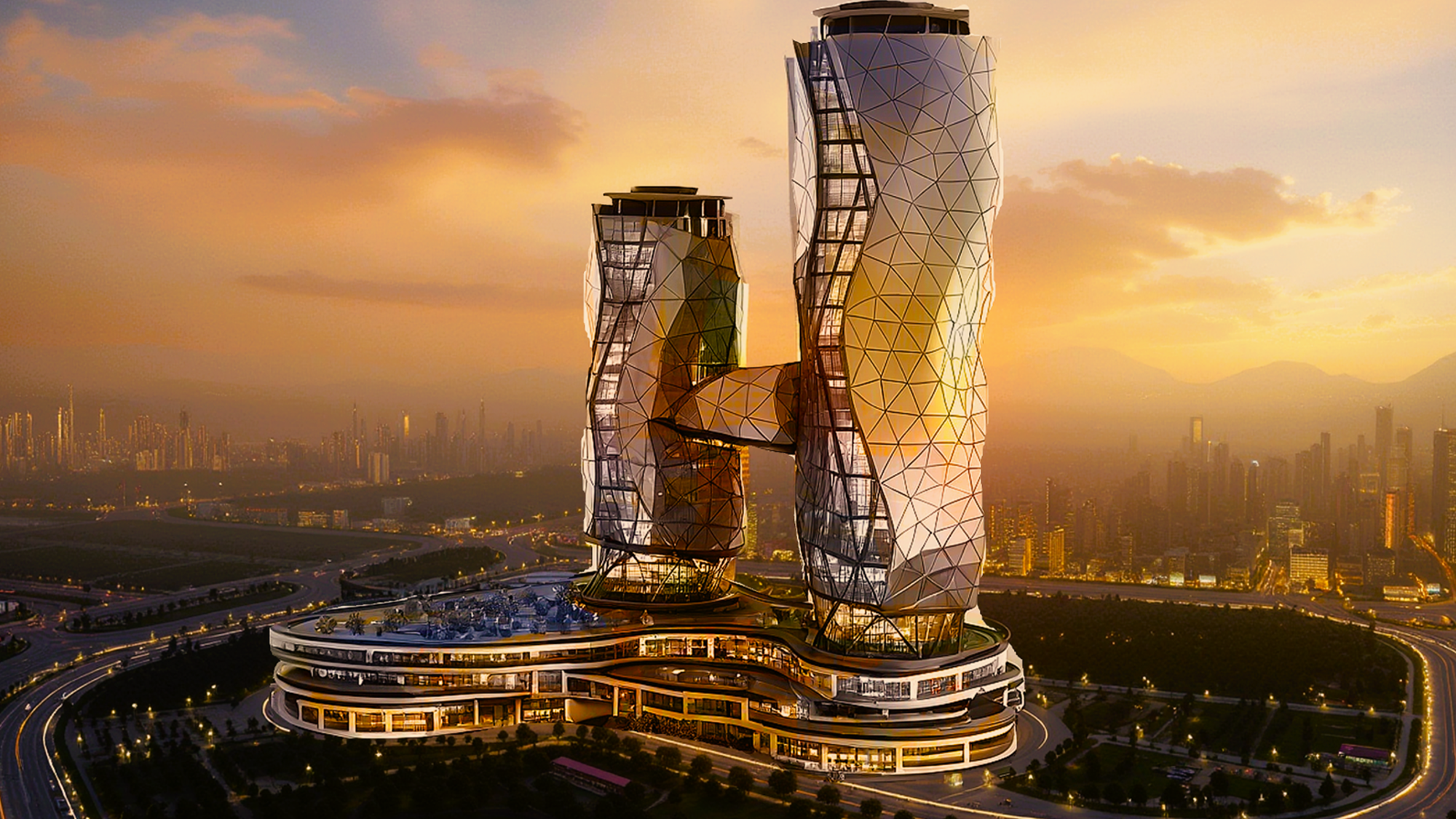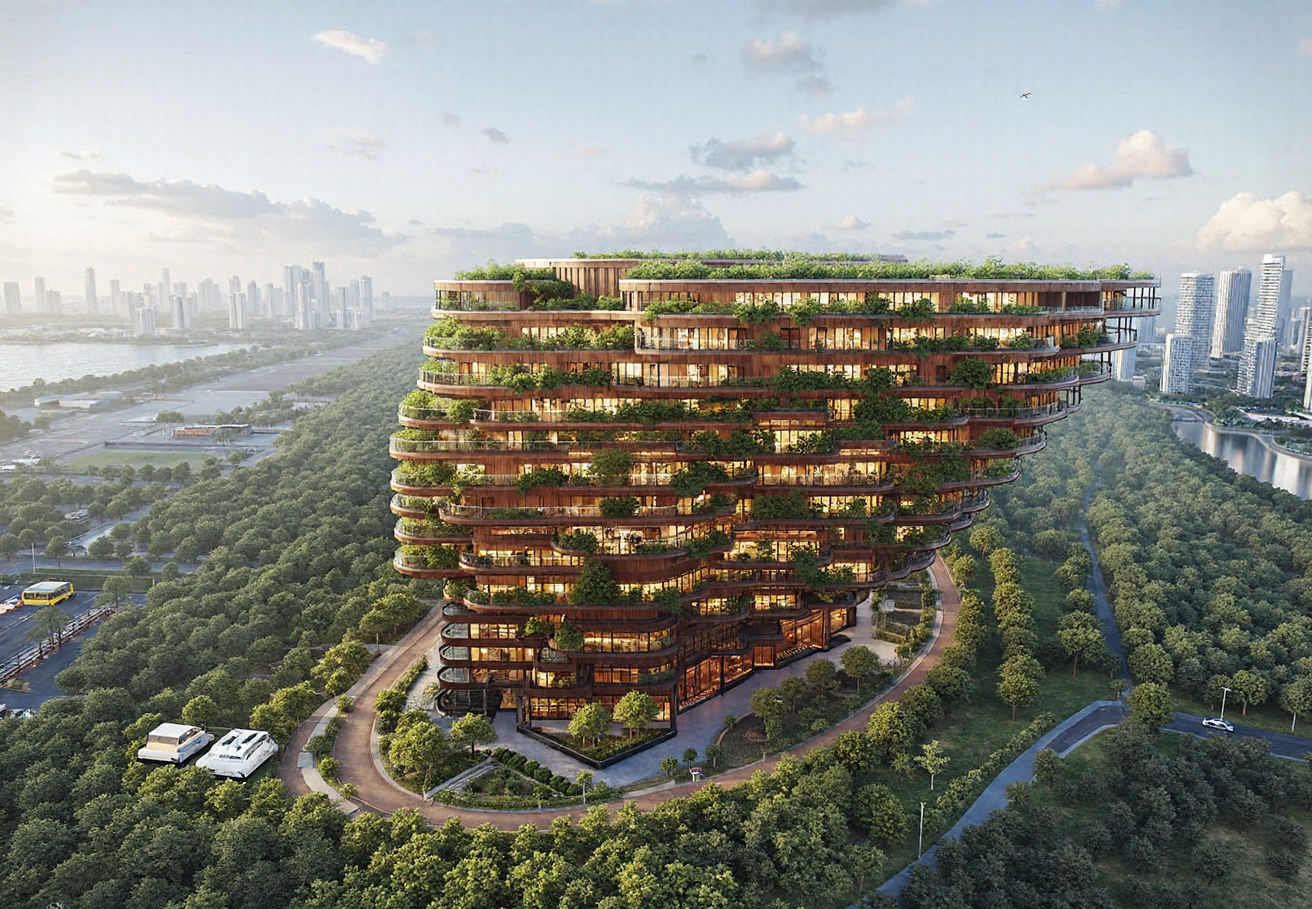TRAVELNA / Hospitality for solo travelers
TRAVELNA is an innovative architectural design concept merging the subscription model of services like Netflix with Airbnb’s global accommodation network, tailored for solo travelers frequently moving across major cities worldwide. Subscribers gain access to a curated selection of high-quality apartments—ranging from studios to three-bedroom units—aligned with their chosen subscription tier. To ensure exclusivity and availability, … Read more
Vivir la Mundaú
Caminos para Reimaginar el Territorio Lagunar en Crisis Soy residente de Maceió.Maceió, capital de Alagoas, es una de las principales ciudades del noreste de Brasil, destacándose tanto por sus bellezas naturales como por su papel económico y social en la región. Maceió, del tupí “maçayó”, “maçaio-k”: “lo que cubre el humedal”, está situada en la … Read more
MakerHub – Material Impact Analysis
Abstract This project evaluates the carbon footprint of concrete core units in modular high-rise construction, using CO₂ emissions as the primary indicator. The goal is to assess the potential environmental impact and determine if the proposed building aligns with environmental policies. Lifecycle stages analyzed include raw material extraction, material processing, transportation, assembly, and end-of-life, with … Read more
TERRANOVA: Organic Waste to Ecological Wealth
Located in the quiet community of Sant Adria De Besos lies the Besos Power Station. This waste to energy power plant is responsible for providing power to over 10 municipalities of Spain and takes care of nearly half of the waste that comes into Barcelona. While this factory proves to be highly effective, several negative … Read more
Green Liminals: Feasibility Study for AI-Driven Budget Optimization for Urban Sustainable Solutions
Abstract The project explores innovative ways to address Barcelona’s sustainability challenges, such as carbon emissions, air pollution, and energy inefficiency. By leveraging AI, IoT sensors, and Nature-Based Solutions (NBS), the project aims to optimize municipal budgets for interventions that transform underutilized urban spaces into productive assets. The study highlights solutions like urban farming, greenery, and … Read more
NeoCapsules: modular living design
NeoCapsules Residence: A Vision for Modern Family Living Affordable design solution for families NeoCapsules, an innovative residential complex inspired by the Nakagin Tower concept, offers a dynamic and adaptable living environment that seamlessly integrates sustainability with an urban lifestyle. This innovative approach fosters growth, flexibility, and community interaction, making it more than just a building, … Read more
The Energy Behind Your Data
Abstract By the year 2025, there will be 200+ zettabytes of data in cloud storage. The servers handling this cloud storage space live in data centers. Since we live in the era of data, demand is surging, in fact, a 50% growth is expected by 2030. Data centers are energy consuming monsters, hence their lifecycle … Read more
ESTACIÓN REGENERATIVA
Artes, Oficios y Rituales en el Barrio Ferroviario. En un fragmento urbano de la ciudad de San Juan, Argentina, destinado originalmente a familias ferroviarias, culminando un eje ferroviario, es que existe este espacio con problemas de precariedad en las viviendas, sin servicios adecuados de infraestructuras, con inseguridad, olvidado, degradado, con injusticias sociales, sin contención y … Read more
Collaborative Design Studio – Kindergarten
The Site We worked with the Kindergarten at Colegi Mare de Déu dels Angels in La Sagrera neighborhood Barcelona. This historic school has educated generations of students over nearly the past one hundred years, this year the school decided to bring in IAAC to develop playground structures to improve the exposed brick terraces where the … Read more
BACK TO ZERO
NARRATIVE Back to Zero is a regenerative concept that targets oil refineries and other aging infrastructures that pollute our world. The narrative is inspired from the “skin in the game” concept, and calculates lifetime co2 emissions for high emitting “hosts”, which then becomes a target for that same “host” to sequester through the carbon sequestration … Read more
Infraestructuras simpoiéticas (i)
Proceso para la reconversión del aeropuerto Enrique Olaya Herrera en Medellín Abstract La ciudad de Medellín ha llegado a su límite de expansión. La presencia del aeropuerto local Enrique Olaya Herrera y su cono de aproximación en el sector sur occidental de este estrecho valle no permite que la ciudad se densifique en las zonas … Read more
Semillas de comunidad: Transformando la Floricultura en Villa Guerrero
Introducción: El Contexto de Villa Guerrero Villa Guerrero, enclavado en las faldas del Nevado de Toluca en el Estado de México, es un lugar con una identidad única, marcada por su profunda tradición agrícola y su riqueza cultural. Desde sus raíces indígenas prehispánicas hasta su papel en la historia de la independencia de México, este … Read more
PARAMETRIC NEXUS
Designing a Mixed-Use High-Rise for Urban Efficiency and Adaptability In the evolving urban landscape, designing a high-rise that blends commercial, residential, and recreational spaces requires thoughtful planning and innovative approaches. Our project, Parametric Nexus, employs parametric design tools to optimize functionality, sustainability, and adaptability. Here’s a closer look at the key elements of our design … Read more
The Perch – A Generative Building Typology
Introduction In our studio project, we use a combined bottom up and top down approach to develop a mixed use building; designed to integrate multiple functions, including residential, recreational, and commercial, within a single structure. Our goal is to feature a flexible layout, using modular construction techniques and clear circulation patterns, with well-designed junctions. Programmatic … Read more


